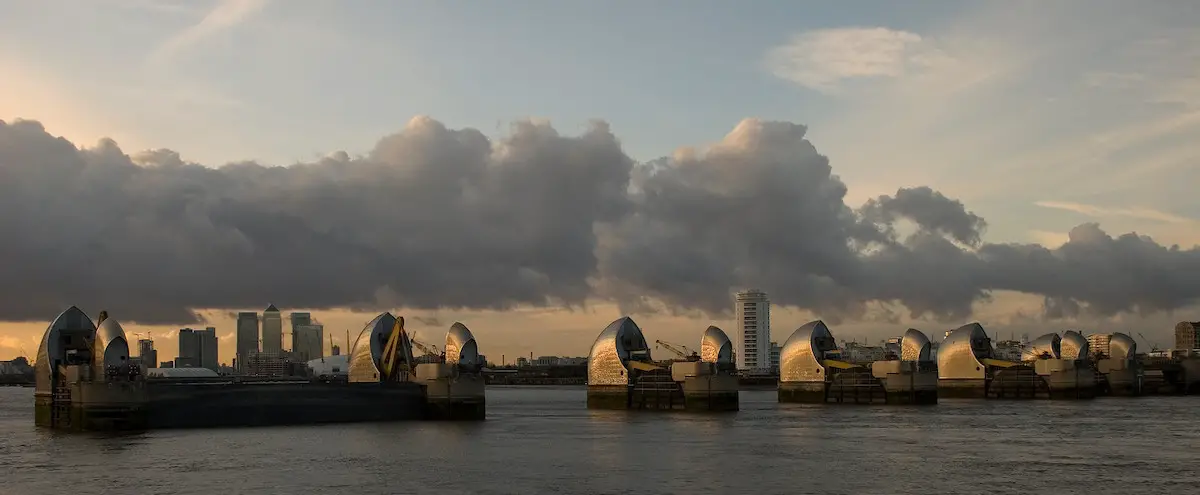Response to The Under-imagined Future of Transport by Susan Claris
I don’t agree that the importance of forward-thinking long term planning is over sold! What I do think is over-sold – is the productisation of very specific solutions to challenges that are not well characterised and we don’t yet know how to face. The current economic & political system only deals with short term-ism (returns and period in office) so investment in research and development that deals with decade or more kinds of solutions does not exist to properly support the strategic development of implementable solutions. In other words, realistic future solutions are ‘evolved’ not ‘born’. So, in my view the ‘over selling’ stems from a contemporary set of expectations and restrictions where some/one is going to profit handsomely from investing in an immediate sole solution, wrapped in IP and patents, which cannot evolve on the basis of this legal bondage and whose benefit to society is ultimately of secondary interest!
In fact, the future is very poorly invested in and governments are currently slashing funding for basic science which underpins technological and economic developments. Central funding is becoming increasingly focussed on promoting near-ready-for-market research or bolstering established industry-research partnerships.
As for the issue of under-imagining, I don’t think that there is a crisis in this capacity at all!
An example of how an alternative future has been well imagined and is being developed in the form of international collaborations between design, engineering and science is the field of synthetic biology applications for the built environment. This research has excited a great deal of public and commercial interest with high profile papers in Nature, CNN and a recent blog series in Wired outlining the necessary strategic approaches (Week 3) with very little central investment and has thrived on open innovation and creative ways of funding key projects. Synthetic biology, of course, is not a cure-all for every challenge that cities face but it is a strategic tool that, if properly developed, could indeed increase a portfolio of approaches to the grand challenge of Megacities and harvesting energy – and will, as a result, impact on our ‘future’. In this CNN article on buildings that ‘eat’ carbon Dick Kitney notes the real ‘challenge’ for developing new approaches and products is in making the transition from academia to industry where not only the technology needs to be scaled up, but so does the funding underpinning the often, shoestring budgets that researchers work with.
So the alleged scenario of ‘under-imagination’ suffers from the same root cause of ‘over selling’ the future as a product, rather than as a systemic approach, building teams and developing skill sets that may help address the challenges appropriately – the kinds of ideas presented to industry are ones are productised and are immediately recognisable to particular markets and pander to our immediate concerns and expectations. After all, thought experiments and sharing ideas are only part of the innovation process … the challenge is putting them into practice and this is where the methods and strategic approaches are vital to enable solutions to be identified based on research, not presumptions, which can change with experience and time (an evolutionary process).
Take for example, NY architect Mitchell Joachim’s vision of a ‘blimp’, soft car system for the city of New York – a well imagined scenario where if one of the proposed vehicles ‘runs over your sister’ (heavens forbid!) that is will only ‘tickle’ her [Archinode].
So no, I don’t accept that the future is over-sold : it’s productised an as a result it’s over constrained by our current ways of thinking and immediate practices …
And no, I don’t accept that our innovators are under-imagining at all: they’re being asked to make products rather than provide systems and methods that underpin change. They are grossly under supported in forging the necessary networks and partnerships that can help us make the transition from practices embedded in our current reality to new approaches that we can all benefit from …
If we do want solutions that evolve to meet the needs of our rapidly swelling populations then we need to seriously think systemically, rather than industrially. This also needs to be a symbiotic partnership rather than a battle of ideologies! I cannot stress the importance of the amount of work that we need to do right now to find the appropriate infrastructures to provide people with basic resources in increasingly urbanised environments. If we don’t invest in creating evolvable (rather than sustainable – which preserves the status quo) practices then humanity itself will meet stark extinction scenarios in the middle of this century rather than making decisions based on evolutionary-style challenges …
The future is now … it’s not a fetishistic obsession or architectural style … building a city for 2050 should have started 50 years ago – we’re already late for managing our human investments – so let’s not make it too late!
Real budgets are needed for open research & development. Investment is needed in long-term (in today’s manner of thinking), joined-up, interdisciplinary, international teams of innovators from industry and academia to be able to do more than imagine, but act and build and re-evaluate ways of generating evolvable cities … We need to invest in people, not just products, which are the byproducts of the human imagination!
I do not think that we can be too creative or too visionary when it comes down to grand challenges – such as, transport for this century – but let’s stop productising the future and evolve our solutions using open platforms, invest in people – more than we do in gadgets – and enrich our problem-solving practices using the connectivity that this particular epoch has bestowed us with!
Dr. Rachel Armstrong
Senior TED Fellow
Senior Lecturer
School of Architecture & Construction
University of Greenwich
Photo: Cait Ellis


